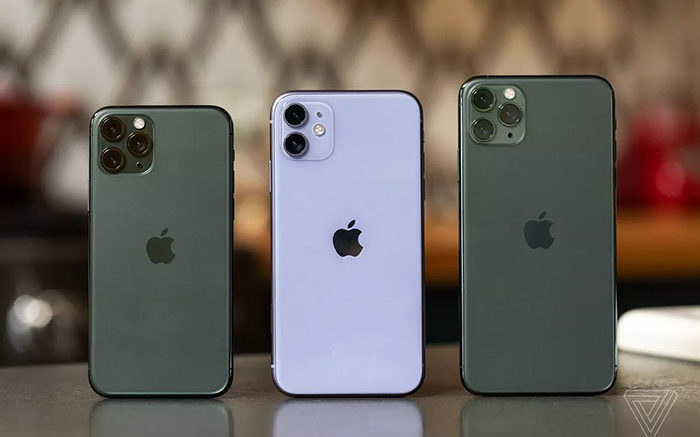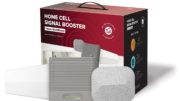A lot of folks woke up this morning to new toys. For readers of this blog, there’s a pretty good chance those toys were electronic in nature, and there’s even a chance you got that drool-worthy phone you’ve been looking at for a while. Whether it’s the latest iPhone, Galaxy, or something else, we all delight in the idea of some new gadget in our hands.
So, you’ve unpacked it, activated it (hopefully through Solid Signal and AT&T) and you’re about to use it. And you see this:

One bar. Well that’s no fun.
The sad truth about today’s phones
No one talks about it but phones have actually gotten worse at actually receiving calls for about a decade. People don’t want big antennas on their phones. Cell phone makers have done their best to hide antennas, but it hasn’t always been successful. We all remember the days when the iPhone 4’s edge-mounted antenna seemed great. Then we all realized that just holding the phone made the antenna less effective.
Phones get bigger, but antennas get smaller. And, with new frequencies, they need to be more complex. No one likes to talk about it but that new phone probably gets worse reception than the old one.
So, get a cell booster.
Cellular signal boosters take the signal from any phone, amplify it, and send it out to the closest cell tower. They take the signal from that tower and amplify it for your phone, too. All this fancy stuff happens so fast you don’t even realize it. All you know is that you get clear voice calls, faster data, and smoother streaming.
Choosing the right cell booster

Cell boosters come in a kit which has everything you’ll need. You’ll get the cables, the antennas, and the amplifier… everything a cell booster system requires. As long as you can climb up on your roof or put an antenna on a tripod, you can do all the work yourself. There’s no need to call an expensive installer.
The best part of a cell booster is that it works for everyone in your home. You don’t need to give out the Wi-Fi password, either. People’s phones “just work.” Not only that, the cell booster probably costs less than that high-end phone you just got and will probably last through your next three phones. It won’t become obsolete quickly.
Choosing a cellular signal booster can be a little confusing. Booster manufacturers don’t like to tell you how much area their system covers. Every home is different, and it really matters whether your home is stucco, brick, wood, or something else. It matters if the studs are aluminum or wood, and how energy-efficient the windows are. Newer homes almost always have worse cell service than older homes, because they are designed to keep outside air and outside radiation out.
That’s where you have an ace in the hole. Get a recommendation from a real, certified cellular technician by filling out our free form. This isn’t just some app. A real person looks at your situation and gives you advice. Or, if you feel comfortable doing your own research, check out the awesome selection of cell boosters available now at SolidSignal.com. Why wait another minute to enjoy that new phone?





